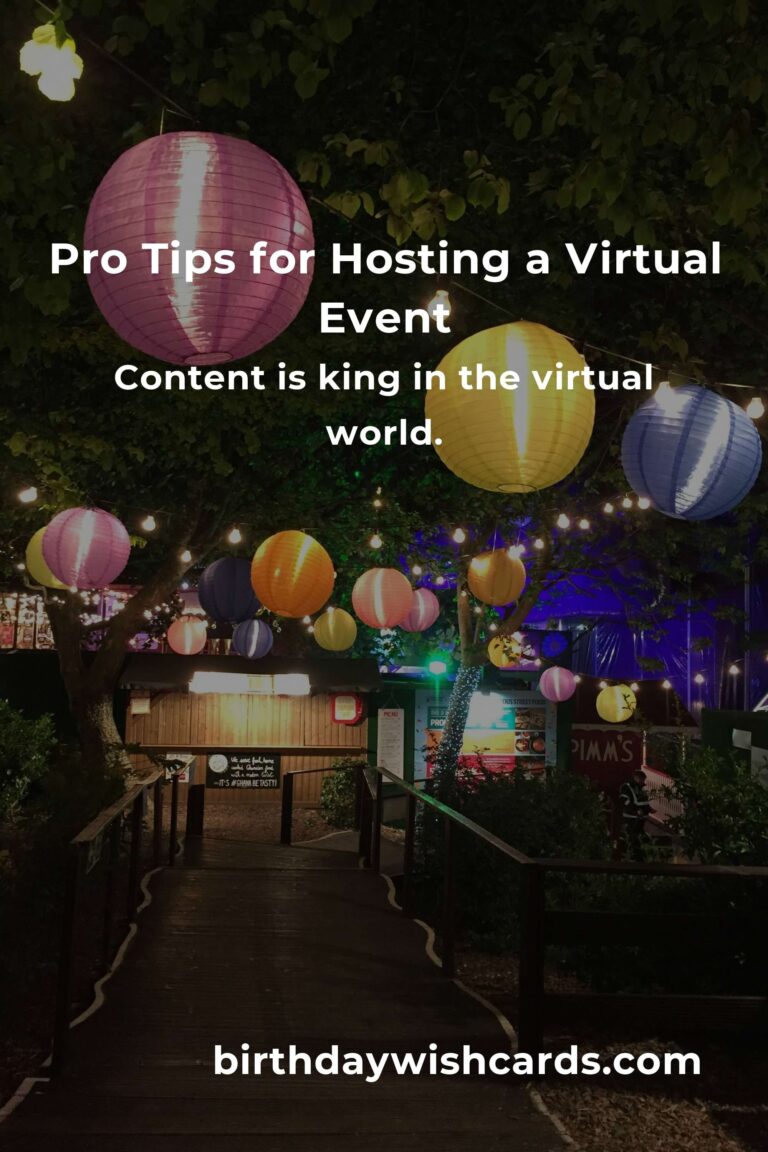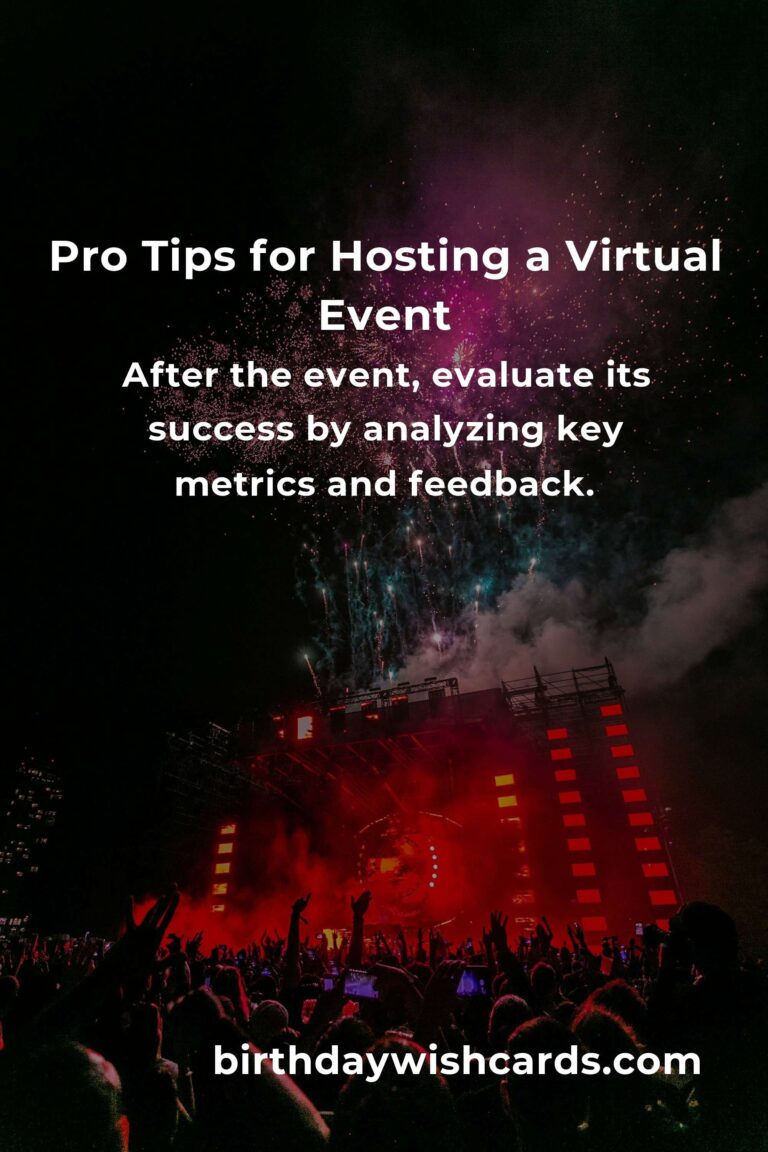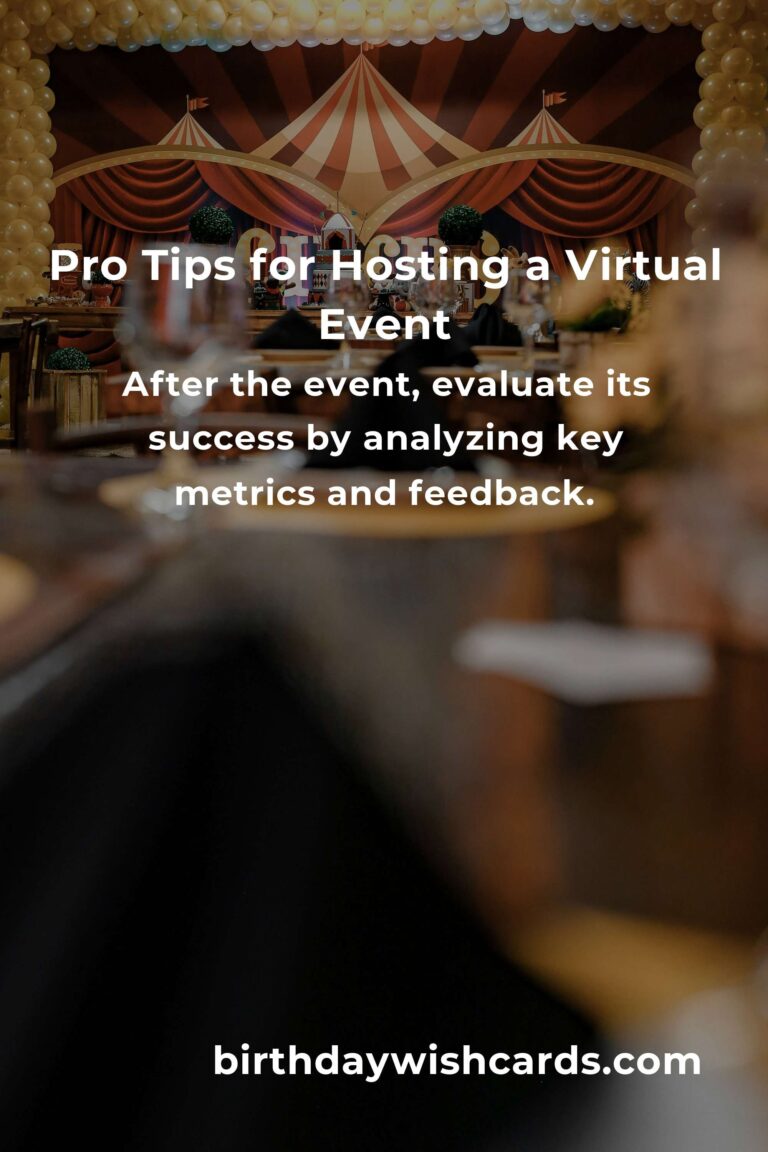
In the digital age, hosting a virtual event has become an essential skill. Whether you are organizing a business conference, a webinar, or a social gathering, virtual events offer a versatile platform to reach a global audience. Here are some pro tips to ensure your virtual event is a success.
Understanding the Basics of Virtual Events
Virtual events are online gatherings that occur over the internet, allowing participants from various locations to join and interact. They can take many forms, including webinars, virtual conferences, live streams, and online workshops. The key advantage of virtual events is their ability to connect people without geographical limitations, providing a cost-effective and efficient way to share information and engage with audiences.
Planning Your Virtual Event
Effective planning is crucial for a successful virtual event. Start by defining the purpose and goals of your event. Determine what you want to achieve and the key messages you wish to convey. Next, set a date and time that accommodates the majority of your target audience across different time zones.
Choose the right platform for your event. Popular options include Zoom, Microsoft Teams, and Webex, each offering unique features to enhance your event. Consider factors like participant capacity, ease of use, and interactive capabilities when selecting your platform.
Creating Engaging Content
Content is king in the virtual world. To captivate your audience, develop engaging and informative content that aligns with your event’s goals. Use a mix of formats, such as presentations, videos, and live discussions, to keep participants interested.
Consider incorporating interactive elements like polls, Q&A sessions, and chat functions to encourage audience participation. These features not only make the event more engaging but also provide valuable insights into attendee preferences and interests.
Promoting Your Virtual Event
Promotion is key to attracting participants to your virtual event. Start by leveraging your existing network and email lists to spread the word. Utilize social media platforms like LinkedIn, Facebook, and Twitter to reach a broader audience.
Create engaging promotional materials, such as eye-catching graphics and teaser videos, to generate interest. Collaborate with influencers or industry leaders to expand your event’s reach further.
Technical Considerations
Technical issues can be a major hurdle in virtual events. To minimize disruptions, ensure you have a stable internet connection and test all equipment and software beforehand. Have a technical support team on standby to address any issues that may arise during the event.
Additionally, provide clear instructions for participants on how to join the event, including any necessary software downloads or log-in procedures. This will help prevent confusion and ensure a smooth experience for all attendees.
Measuring Success and Gathering Feedback
After the event, evaluate its success by analyzing key metrics such as attendance numbers, engagement levels, and participant feedback. Use surveys and polls to gather insights into what worked well and what could be improved for future events.
Feedback is invaluable for refining your approach and enhancing the quality of your virtual events. Use the insights gained to make data-driven decisions and continuously improve your event-hosting skills.
By following these pro tips, you can host a virtual event that is not only successful but also memorable for your participants. Embrace the digital landscape and leverage the power of virtual events to connect with your audience on a global scale.
Virtual events are online gatherings that connect people without geographical limitations. Effective planning is crucial for a successful virtual event. Content is king in the virtual world. Promotion is key to attracting participants to your virtual event. Technical issues can be a major hurdle in virtual events. After the event, evaluate its success by analyzing key metrics and feedback.
#VirtualEvent #OnlineConference #DigitalGathering #EventPlanning #WebinarTips













